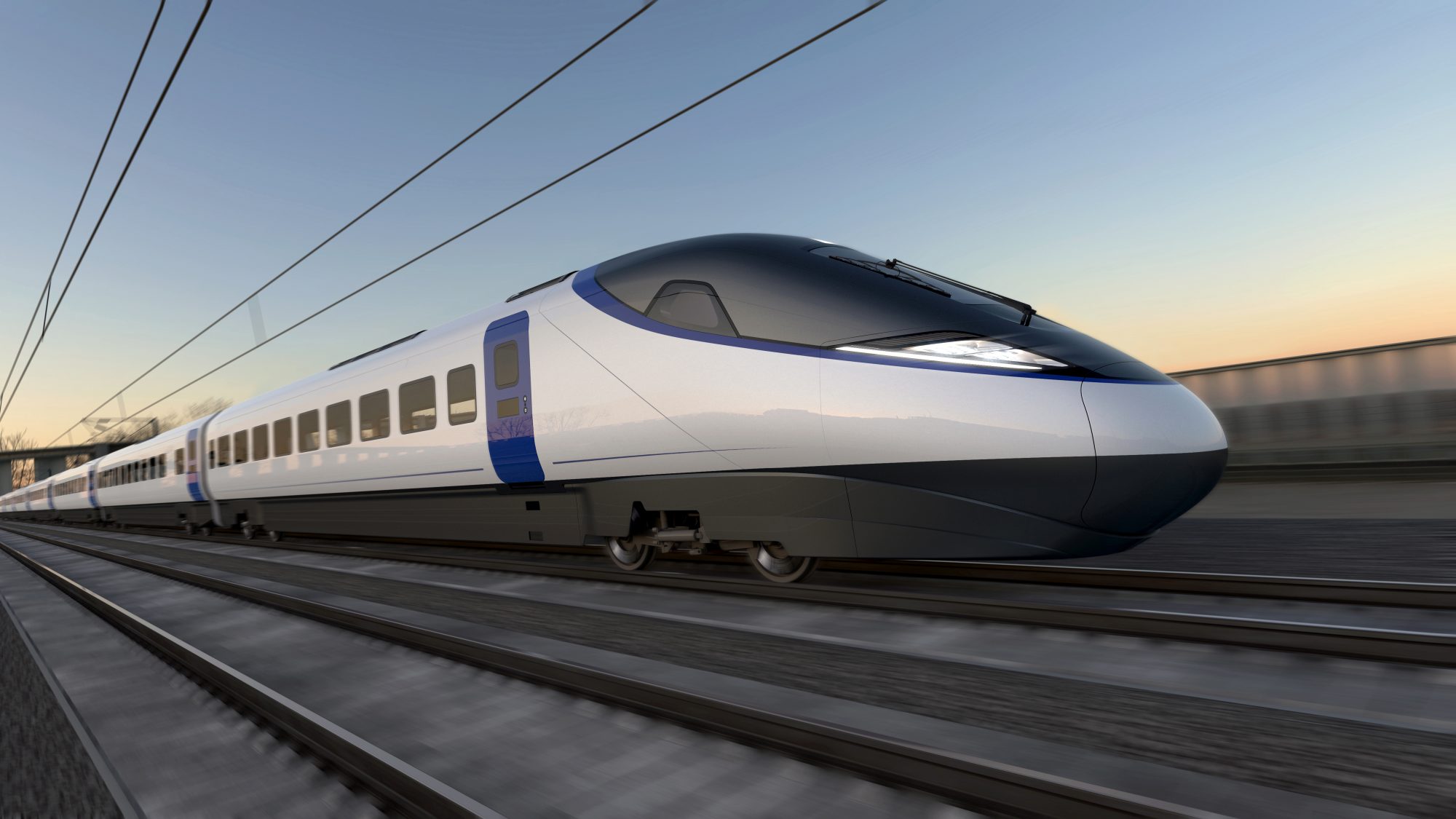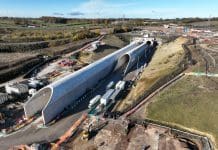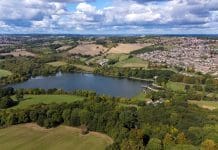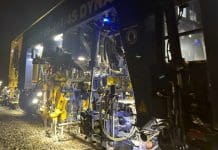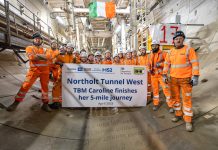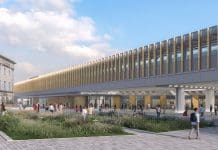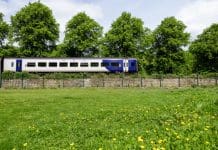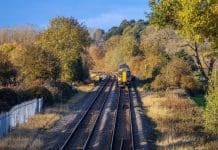Virtual reality and real time monitoring sensors installed in HS2’s infrastructure, will make Britain’s new high speed rail network one of the world’s ‘most reliable’ railways, HS2 claims
Detailed designs utilising advanced computer design programmes are being prepared by engineers who are working on Britain’s new high-speed network.
The data produced will both inform the construction of HS2 and build the railway’s digital twin, a virtual reality 3D replica that will be as detailed as the real thing.
During HS2’s construction, thousands of remote condition monitoring sensors, similar to those used in Formula One and aviation, will be built into the physical line’s infrastructure.
These sensors will monitor performance of the railway’s assets and components to predict and prevent failure, helping to underpin the line’s reliability and ultimately the punctuality of its passenger services.
The data that sensors onboard the high-speed trains collect will be transmitted directly to HS2’s Birmingham-based Network Integrated Control Centre (NICC) at Washwood Heath.
Engineers and maintenance teams will then analyse data with the use of Artificial Intelligence to monitor asset performance trends across the network.
A downward trend in asset performance will trigger HS2’s predict-and-prevent maintenance programme.
Before going out on site, engineers will use virtual reality headsets to investigate issues from the safety of the NICC. The technology will enable maintenance teams to understand issues and, in some cases, resolve them without even having to physically go out on location.
‘Reduce cost, cut waste and shrink our environmental footprint’
Head of strategic planning and asset management, David White said: “With HS2’s digital twin-based predict and prevent approach to maintenance we have the ability to prevent failures and replace assets when the system indicates a decline in performance – as opposed to relying on a rolling programme of asset replacement.
“Harnessing the power of the digital twin and its predictive capability could see an asset’s operational life extended by months or even years. This will enable us to reduce cost, cut waste and shrink the environmental footprint of HS2’s maintenance operation and maintain a consistently high level of customer service.”
Even without its digital twin-based maintenance operation, HS2 will be one of the ‘most reliable’ railways in the world, so much so that virtual reality technology has an important part to play in keeping teams familiar with the railway.
‘Built to the latest standards’
White explained: “HS2 will be very safe and reliable, not least because it will be new and built to the latest standards.
“This in itself creates the challenge of keeping staff trained and competent to run and maintain both the railway and its stations. So we will create new tools through the use of virtual and Augmented Reality technologies to maintain and enhance the skills of our maintenance and station teams.”


